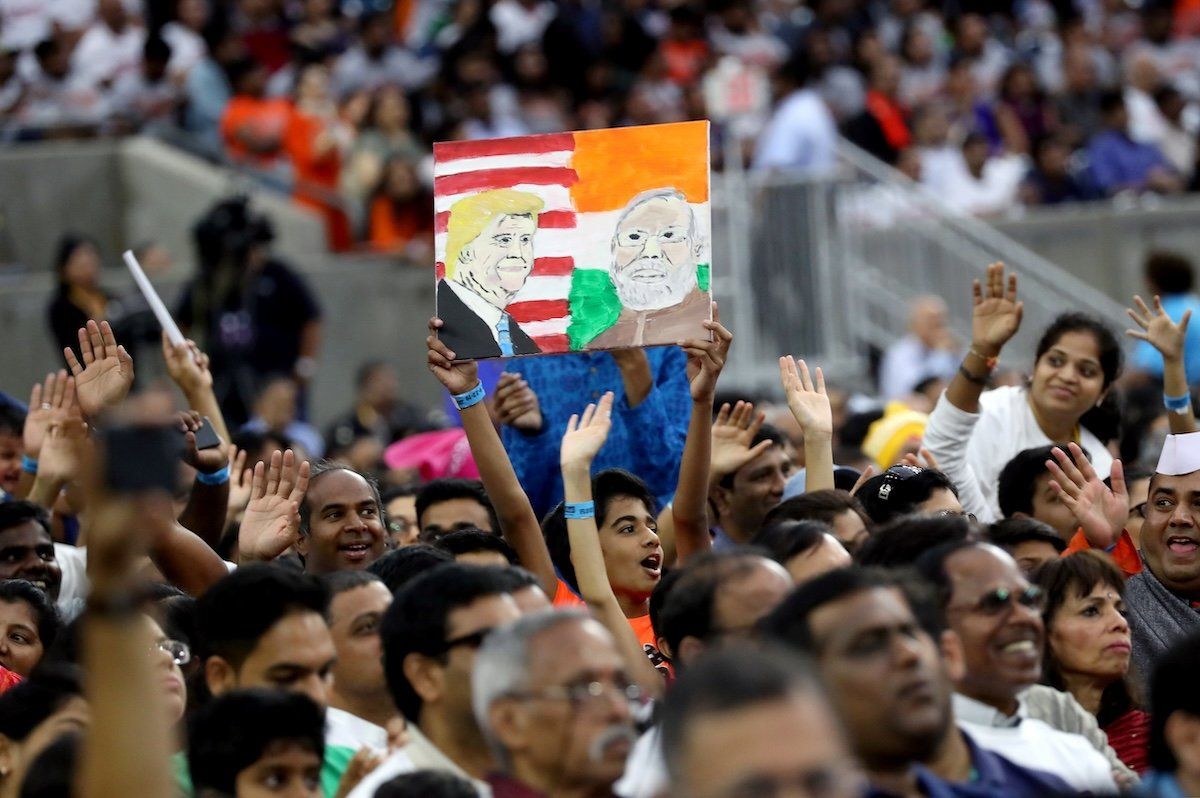The leader of the world’s most populous – and fastest-growing – major economy is the fourth world leader to visit Trump since the inauguration. What’s on the agenda?
Trade: India runs a $35 billion trade surplus with the US, and “Tariff Man” Trump hates this. Delhi has already slashed duties on key US exports and pledged to buy more American oil and weapons. But India is still the most protectionist major economy in the world. Trump will press for more access.
Immigration: India is both the third-largest source of undocumented migrants in the US and the overwhelming beneficiary of high-skilled “H-1B” visas used by the tech industry. This puts Delhi squarely in the crosshairs of the MAGA immigration crackdown.
In December, H-1B visas provoked an intra-MAGA split between the movement’s tech bro wing (who like them) and the base (who don’t). Modi has offered to take back thousands of Indian deportees but will seek protections for the H-1B program.
Legal limbo. US regulators have accusedIndian construction magnate Gautam Adani of fraud, giving Trump – who could swiftly scrap the cases – a big bargaining chip.
The global game: Famously “non-aligned” India is in a way the world’s biggest swing state.It shares American concerns about China, but also enjoys warm ties with Russia. It backs Israel but also styles itself as a leading voice in the Global South, where support for Palestinian liberation is often strong.
Good rapport: Trump and Modi get along well, but Trump loves to drive a hard bargain, while Modi is the proud leader of a rising global power. Their meeting will tell us a lot about the dynamic between the world’s most populous democracy and its most powerful one.
